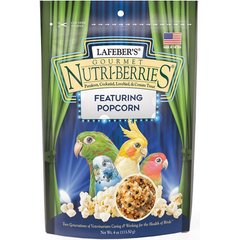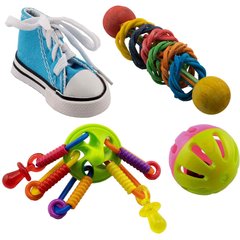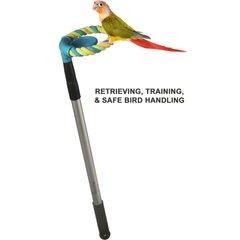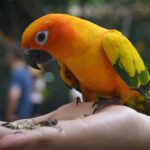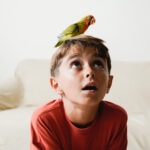How To Teach a Bird to Talk
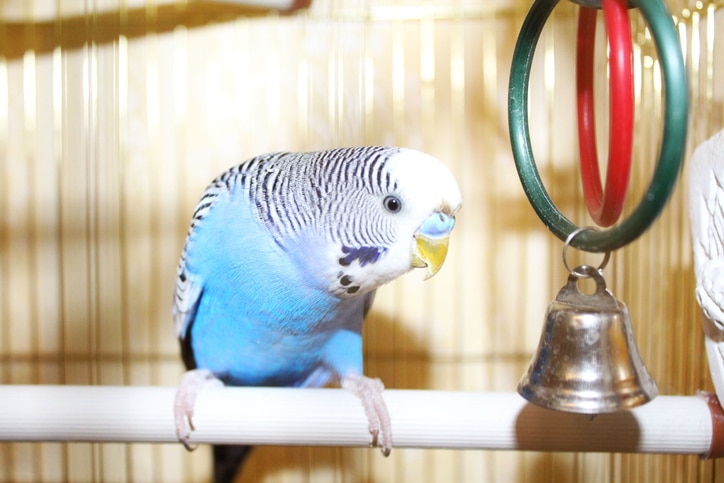
Photo by Alex_Schmidt/iStock / Getty Images Plus via Getty Images
One thing that sets parrots apart from other pets is their potential to talk. If you’re wondering how to teach your bird to talk, it requires time, consistency, and a thoughtful approach.
That said, there are tried-and-true steps to help increase the chances of your bird developing the gift of gab.
What Types of Birds Can Talk?
Pet birds vary in their vocal abilities, with some birds being chattier than others. Most parrot species are capable of learning to talk.
Here’s a rundown of the more prolific bird talkers, from chattiest to not-so-chatty:
- African grey parrots
- Amazon parrots
- Quaker parrots
- Indian ring-necked parakeets
- Cockatoos
- Parakeets (budgies)
- Conures
- Cockatiels
How Long Does It Take To Get a Bird to Talk?
Each bird learns at their own pace. Some birds learn to talk rather quickly; others might take months or even years to say their first word.
While there is no fixed timeline for how to teach your bird to talk, with consistent training and positive reinforcement using treats or praise, many pet birds can start to mimic words and/or phrases within a few months to a year. Other birds may begin learning even earlier, within days or weeks.
The timing largely depends on the individual bird, but frequent repetition and the tone of your voice can greatly influence when your bird begins to talk.
Recommended Product
How To Teach Your Bird To Talk
1. Get Familiar With Your Bird
Pay attention to when your bird is most social and open to interaction with you. For example, some birds may initially prefer to be spoken to from the safety of their cage, while more confident birds may like perching on you or on a bird perch.
Recommended Product
2. Start Talking To Your Bird
Birds in the wild use contact calls to stay connected, and pet birds often use contact calls for their human flock, which can include words they learn from you.
If you greet your bird with a hearty “hello” every time you enter their room, they might say “hello” as a response call.
When talking to your bird, use short, commonly used words. To build context, associate specific words or phrases with actions—for example, say “treat” when giving your bird a treat, says Valli Parthasarathy, PhD, DVM, DACVB, a veterinary behaviorist at Synergy Veterinary Behavior in Portland, Oregon.
“Since bird vocalization is often a social connectivity mechanism, reinforcing words with social interactions and enthusiastic praise can help some birds learn, while others benefit from getting some other reward after saying the word,” she explains.
3. Repeat Words Often
Birds learn by repetition, and you’ll have more success by focusing on one word or phrase as opposed to overwhelming your bird with an array of words all at once.
Lisa Desatnik, a certified avian behaviorist from the Cincinnati area, offers the following tips:
- Use an upbeat tone.
- Repeat one- or two-syllable words often.
- Play a recording on loop to help reinforce learning.
- Turn on the radio or TV. Some birds pick up words and phrases when listening.
- Don’t curse around your bird! The emphasis that is often put on curse words plus the reaction when birds repeat them encourages them to learn those words faster.
4. Reward Your Feathered Friend
Some birds may respond better to a reward, like a favorite treat or an expression of praise, after talking.
“In general terms, anything a bird likes can be used as a reinforcer for desired behavior,” says Parthasarathy. “That can range from a preferred treat, such as a seed, to head scratches, to being spoken to by their person.”
You can also teach your bird to say a cue word for an activity or action, such as associating a foot toy with the phrase, “Wanna play?” Some birds are so accustomed to hearing the words “Step up” that they repeat that phrase when stepping up onto a hand or a perch.
Recommended Products
5. Stay Patient
Just because a bird can talk doesn’t mean they will. Even if your bird never speaks, they may still communicate through chirps, whistles, or mimicking household noises.
So it’s best to have realistic expectations. “Some companion parrots will learn quicker than others, and not all companion parrots will mimic human speech, says Desatnik.
While having a bird who speaks can be exciting, Parthasarathy says it’s important to remember birds require a lot of care—and it can be challenging at times.
“So if you are looking for a bird, do your research on what it means to care for this animal for the next several years or decades,” she says.
What Words Should I Teach My Bird?
In general, the following simple words and phrases are great conversation starters for your pet bird:
- Greetings: “hi,” “hello,” “bye,” “how are you?,” “who’s a good bird?,” “pretty bird”
- Affectionate phrases: “I love you,” “good bird,” “kisses,” “tickle, tickle”
- Silly sounds: kisses, laughing
- Tricks/training: “spin,” “wave,” “dance,” “step up,” “go potty”
- Names: your name, your bird’s name, other pets’ names, family member names
While not all birds will become chatty companions, following key steps on how to teach your bird to talk can greatly improve their chances of picking up words and phrases.
Whether your bird learns a few words or develops an extensive vocabulary—or prefers whistles to words—the process itself strengthens the bond between you and your feathered friend.
This content was medically reviewed by Sandra Mitchell, DVM.


